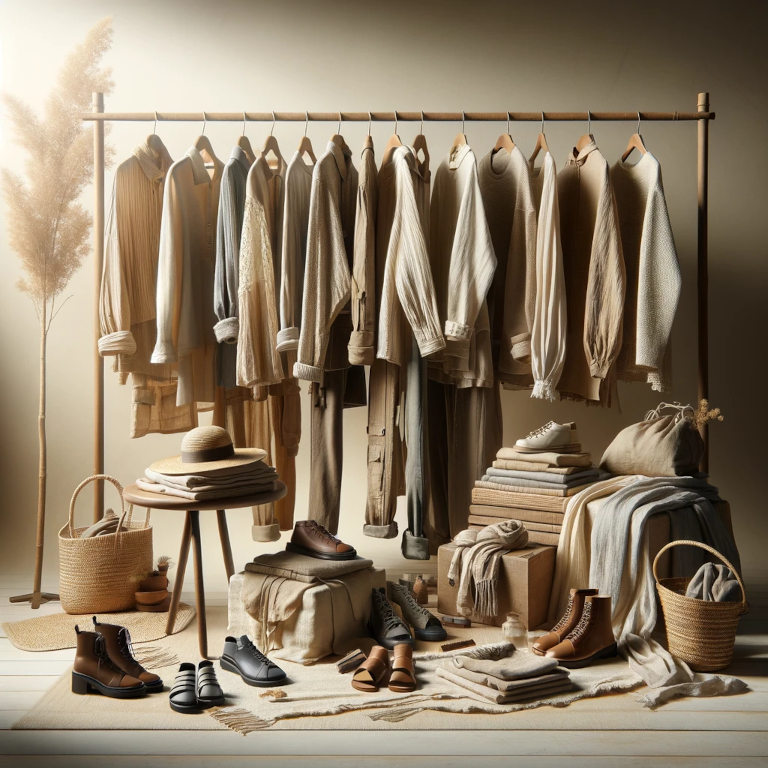In today’s rapidly evolving world, the fashion industry is marked by a frenetic pace of trends that come and go with the seasons, often leaving behind a trail of environmental and ethical concerns. However, a transformative movement is reshaping this landscape: slow fashion. As an expert in Fashion and Beauty, I am excited to delve into this sustainable approach, which emphasizes quality over quantity, ethics over expediency, and longevity over fleeting trends.
Understanding Slow Fashion
Slow fashion is more than just a trend; it is a philosophy that advocates for manufacturing in respect to people, the environment, and animals. Unlike its counterpart, fast fashion, which relies on cheap manufacturing, quick turnaround, and designs that move from the catwalk to stores within weeks, slow fashion calls for a responsible and aware approach to fashion. It champions the idea of buying less but better-quality garments that last longer.
Key Principles of Slow Fashion
- Quality Over Quantity: Slow fashion prioritizes high-quality materials that can withstand the test of time, reducing the need for frequent replacements.
- Ethical Production: Transparency in the production process is crucial, ensuring that workers are treated fairly and work in safe conditions.
- Environmental Sustainability: This approach often uses eco-friendly materials and production methods that minimize waste and pollution.
- Timeless Design: Slow fashion avoids ultra-trendy pieces, focusing instead on classic, versatile designs that remain stylish year after year.
- Local Sourcing: By choosing local or regional manufacturing, slow fashion supports local economies and reduces transportation emissions.
The Benefits of Slow Fashion
Embracing slow fashion comes with a myriad of benefits. Consumers enjoy higher quality goods that offer better longevity, while also supporting ethical business practices. Environmentally, it significantly reduces waste and pollution, a stark contrast to the estimated 92 million tons of textile waste generated annually by the fashion industry.
How to Participate in the Slow Fashion Movement
- Educate Yourself and Others: Understand the impacts of your purchase decisions and share your knowledge about slow fashion with your community.
- Invest in Quality: Choose garments that are made to last, rather than cheap, throwaway items.
- Think Twice Before Buying: Ask yourself if it is something you really need or if it can be borrowed or bought secondhand instead.
- Support Ethical Brands: Look for companies that are transparent about their manufacturing processes and are committed to ethical practices.
- Care for Your Clothes: Proper maintenance can extend the life of your garments significantly.
Embracing a New Standard
Slow fashion isn’t just a way of dressing, but a way of living. It’s about making conscious choices that prioritize sustainability and ethics over convenience and cost. By embracing slow fashion, we can contribute to a healthier planet, support fair labor practices, and rediscover the joy of timeless, well-crafted garments that express our individuality without compromising our values.
In conclusion, slow fashion offers a powerful antidote to the ills of the fast fashion industry. It invites us to rethink our consumer habits, encouraging a deeper connection with our clothes and a more thoughtful approach to personal style. It’s time to slow down and fashion a better future.






